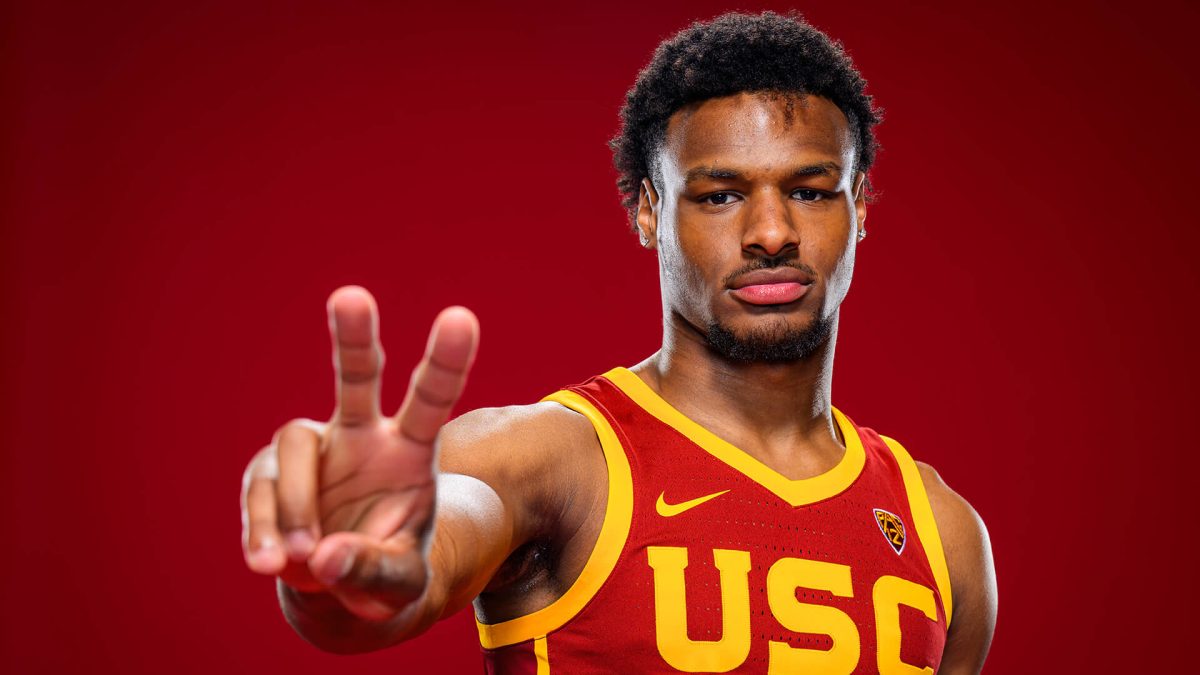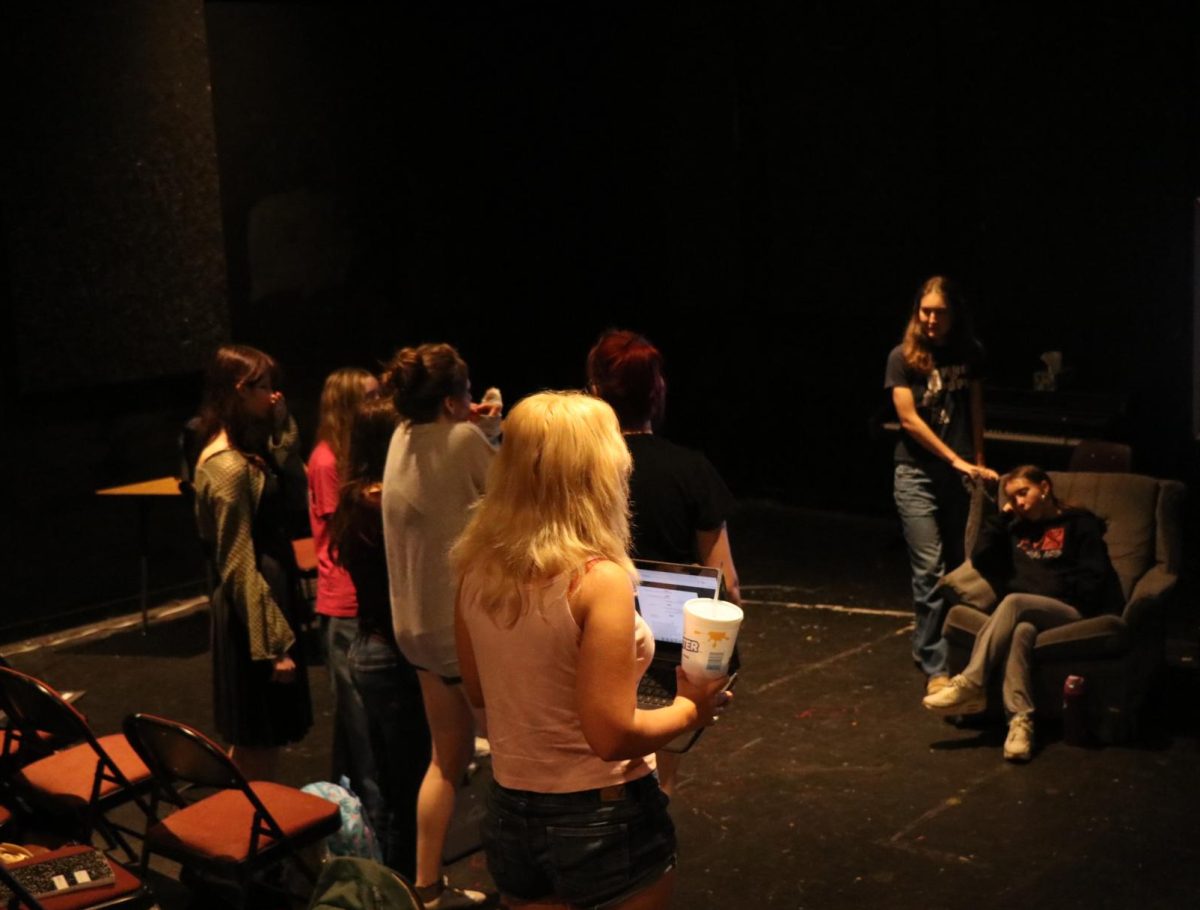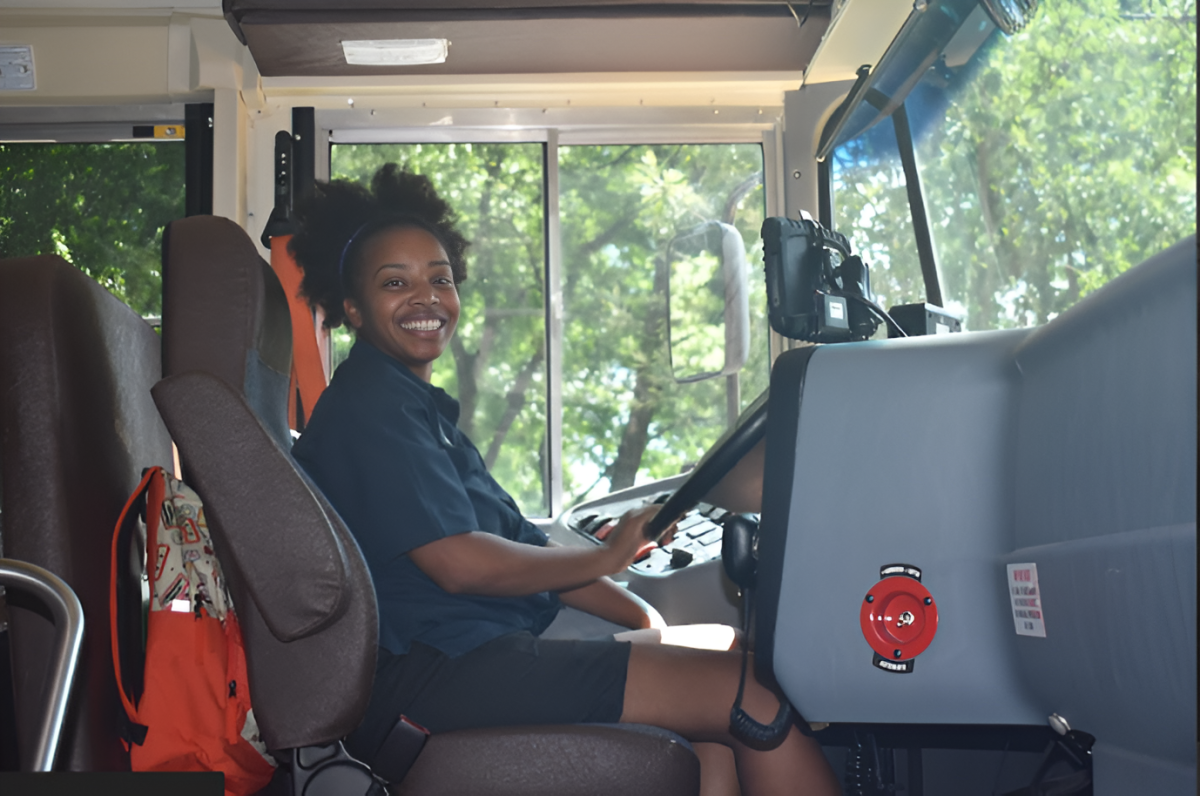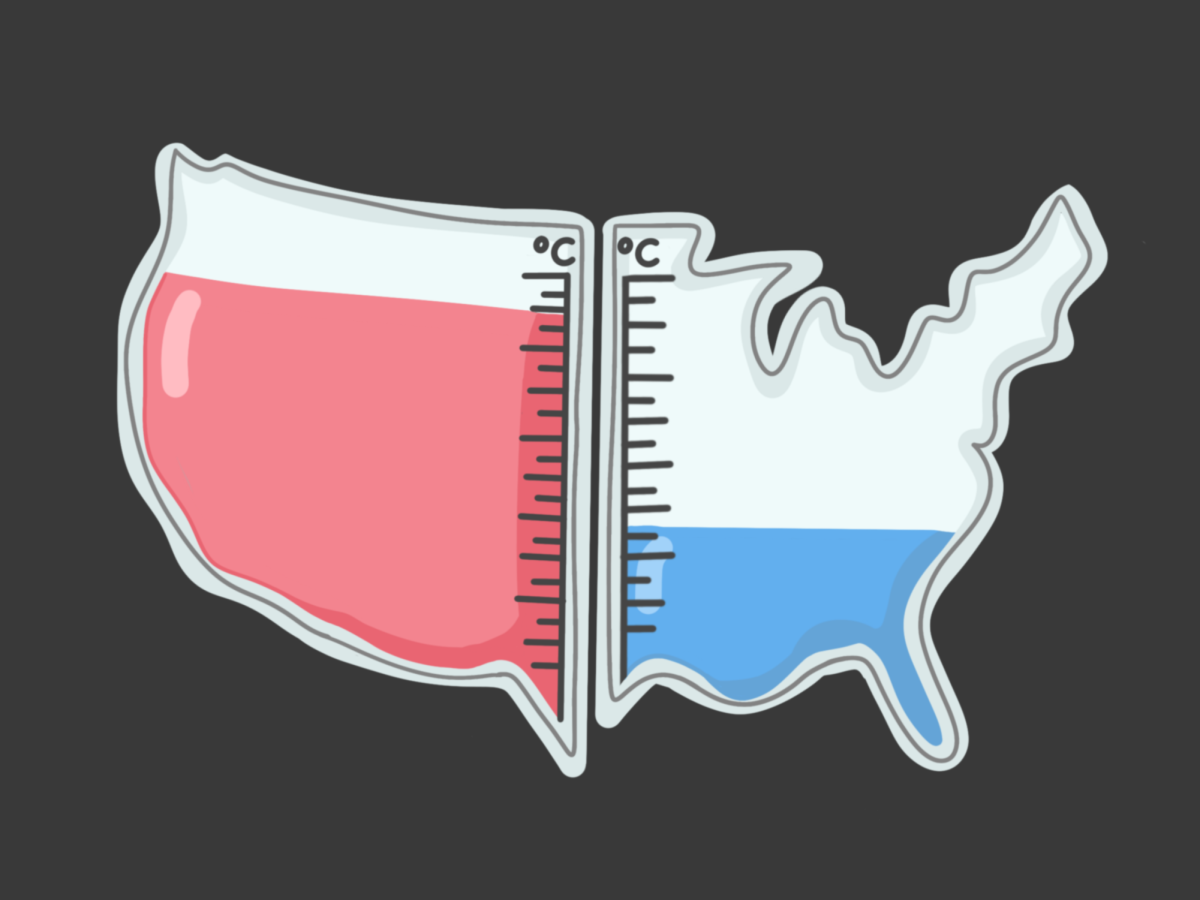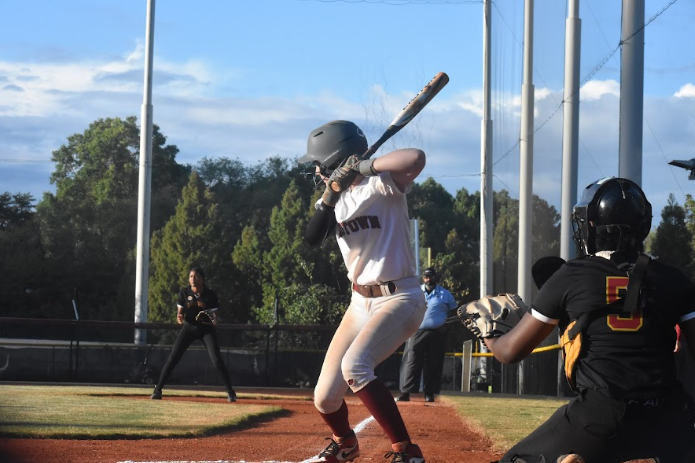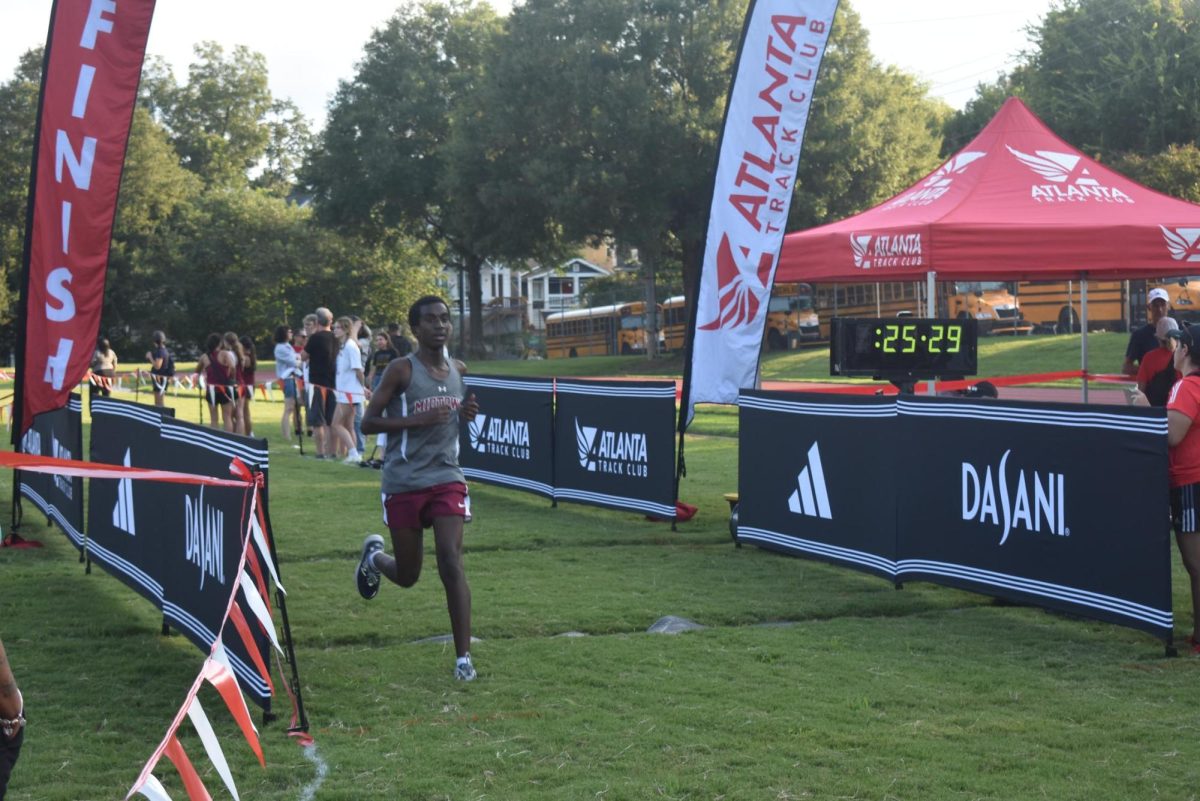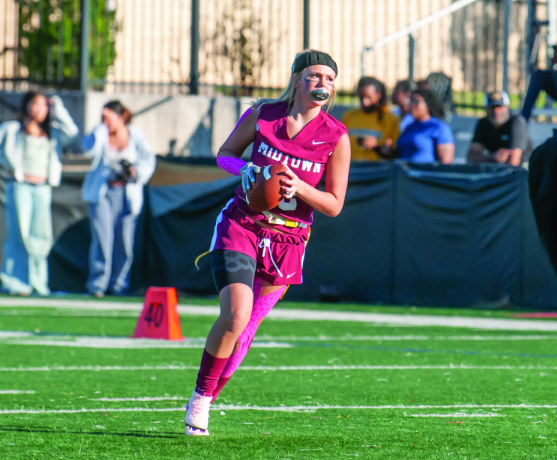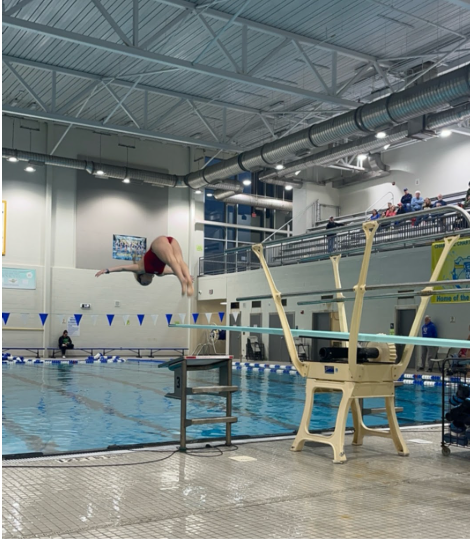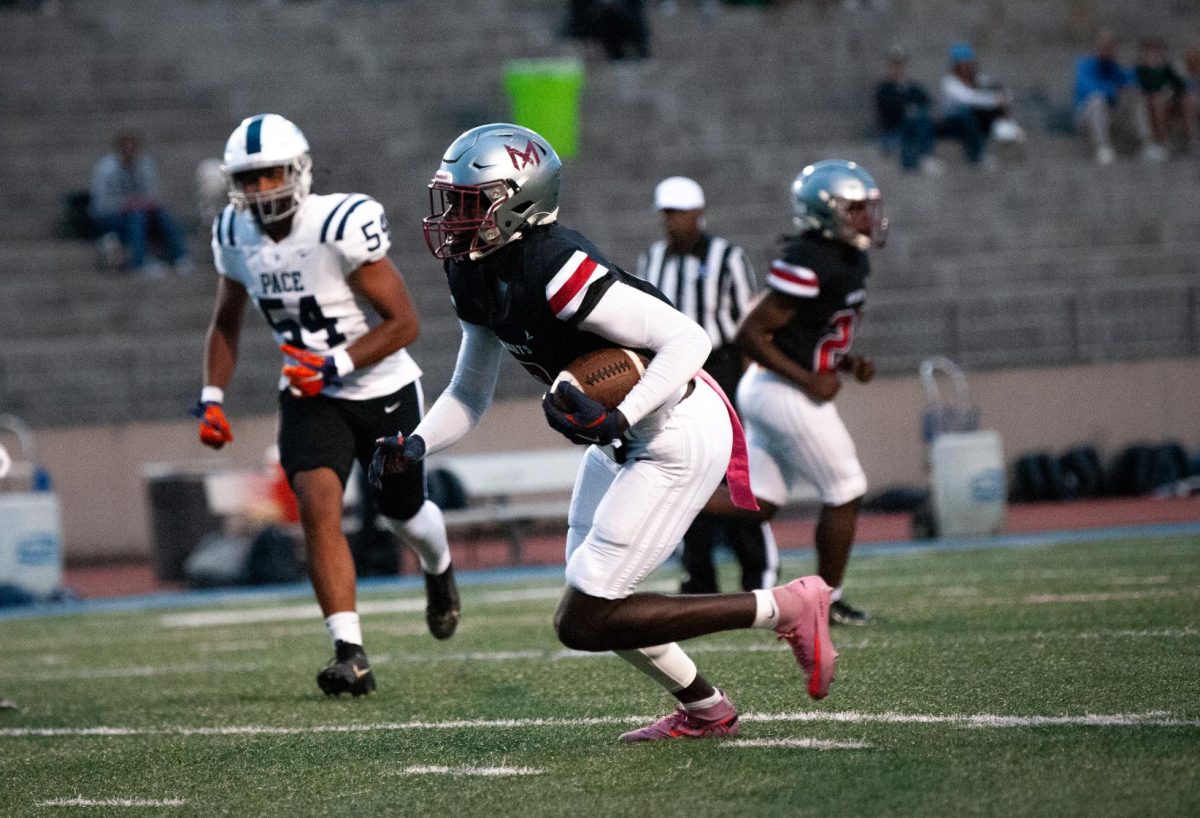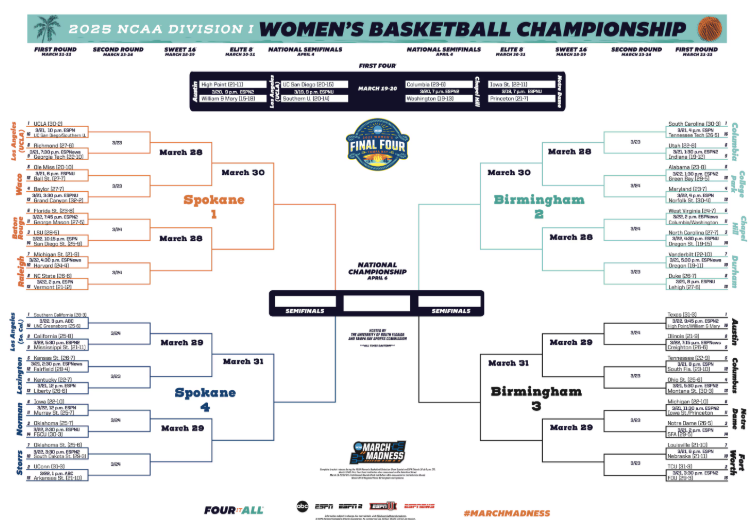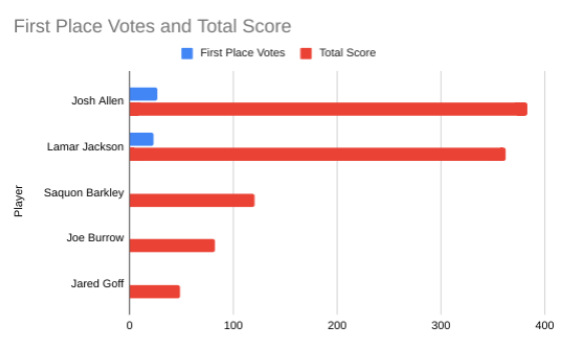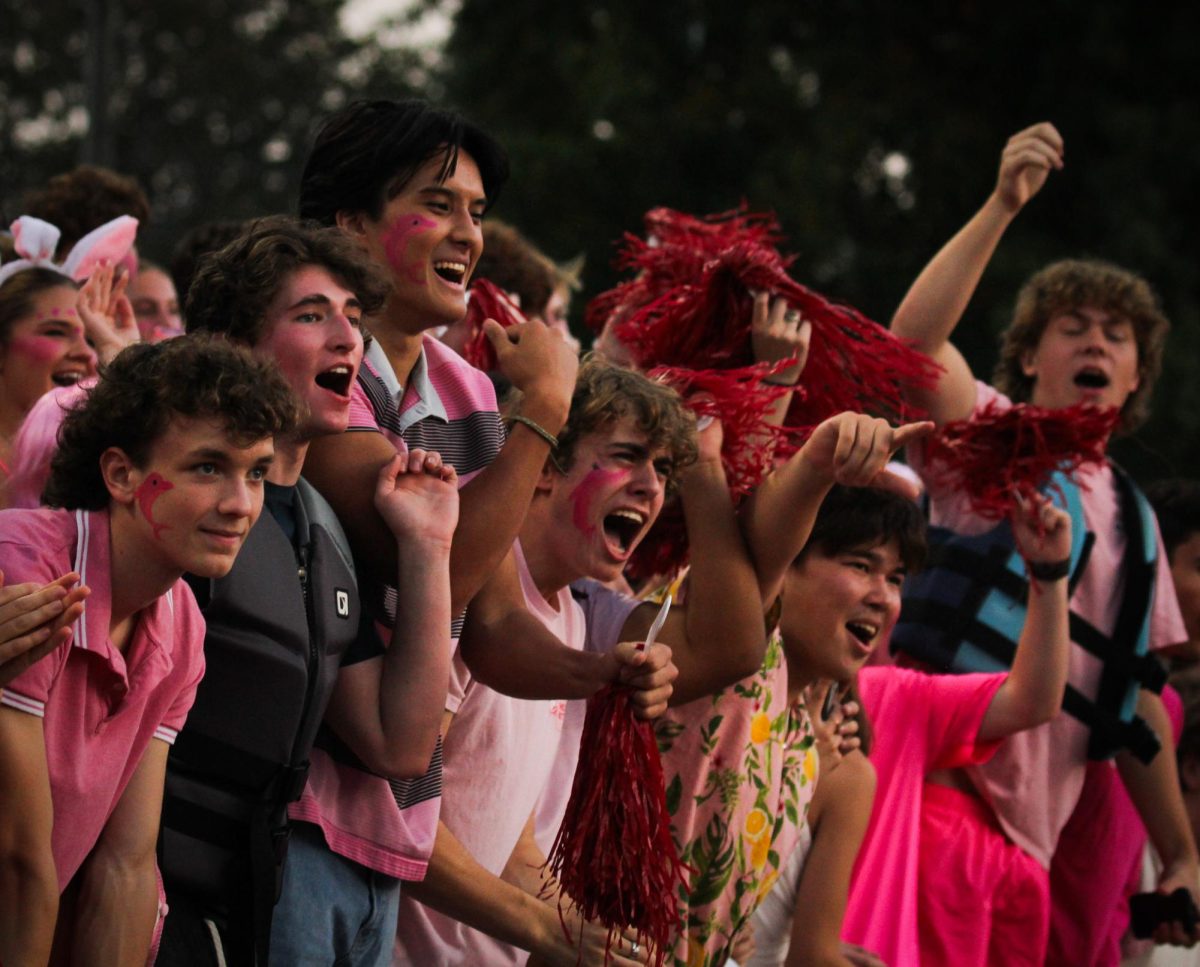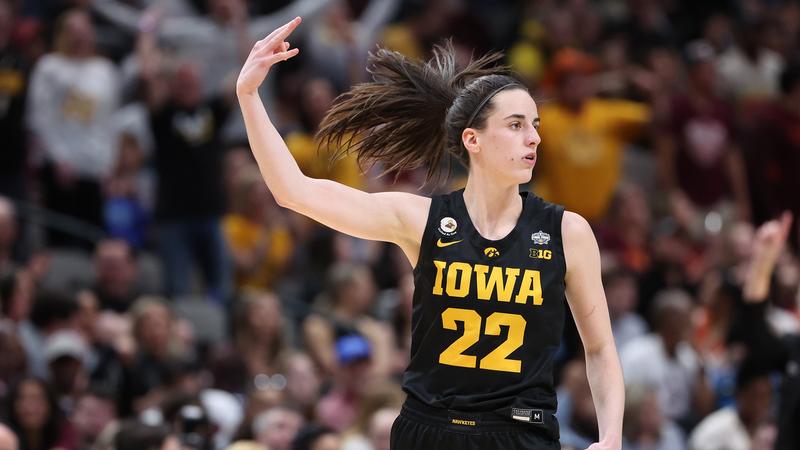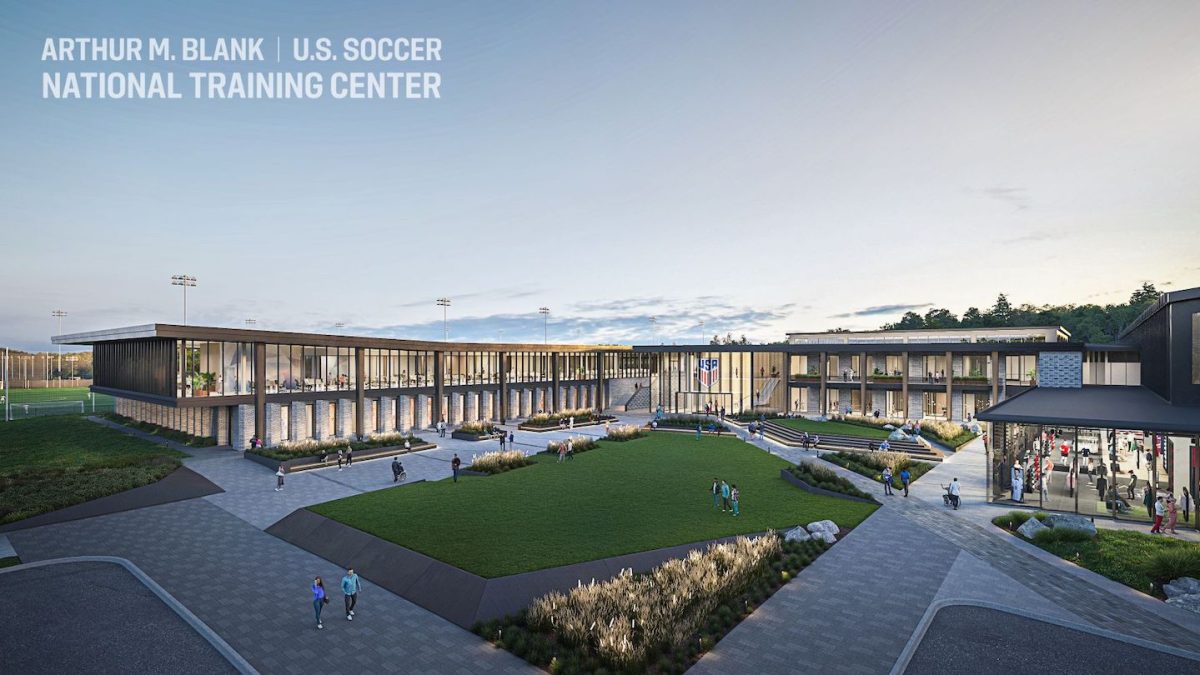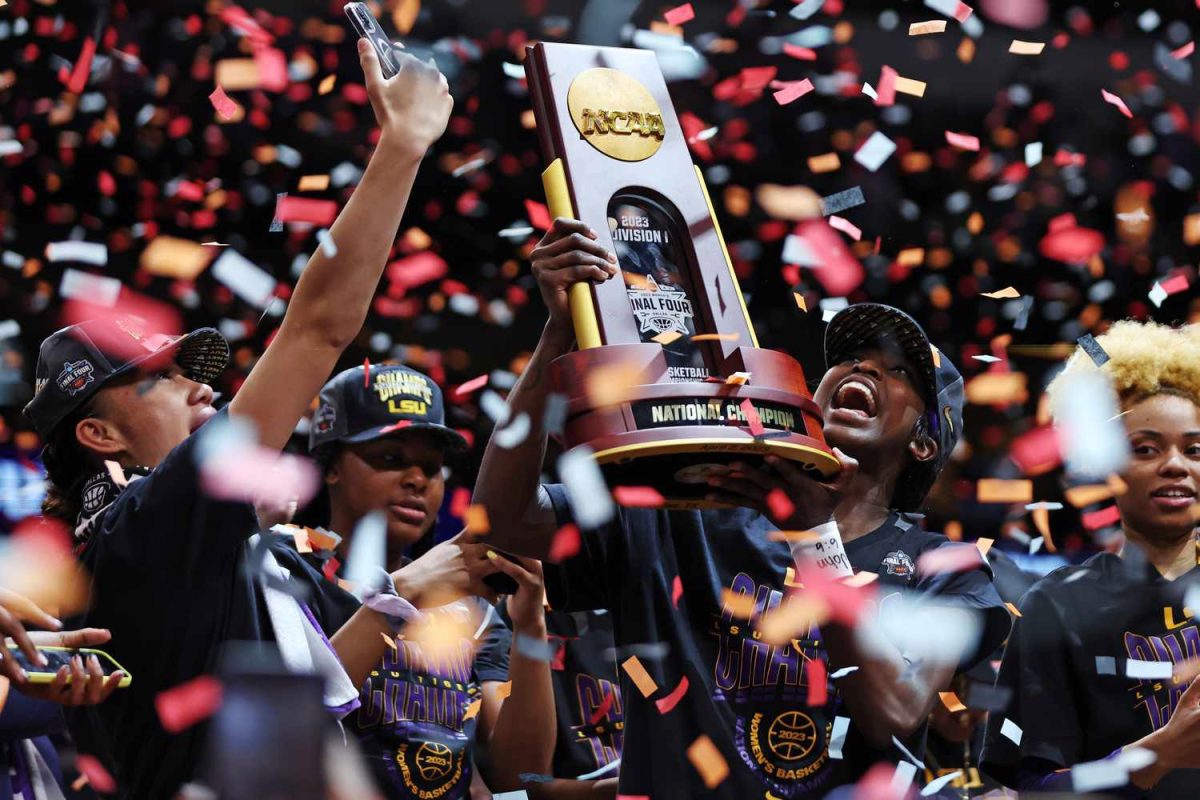In recent years, the landscape of college athletics has undergone massive shifts with the introductions of Name, Image and Likeness (NIL). While NIL was intended to support athletes and allow them to gain off of their own identities, the introduction of NIL has sparked controversy throughout college athletics, with many arguing that it is changing college sports for the worse.
One of the primary concerns surrounding NIL is how it has blurred the lines between college and professional athletics. In other words, college athletics is no longer an amateur league where student athletes go to grow, develop and compete. Rather, they are, just like professional athletes, getting paid to play by whatever college can offer them the best deal, regardless of whether that college is the best fit for the athlete.
Because of this, NIL takes away talent from smaller schools because often the athletes are going to the schools that can offer the most money. This results in the best talent being concentrated at large schools with massive fan bases who have substantial NIL collectives to support their financial retention of the country’s top athletes. Small schools simply do not have the money because of these larger schools’ abilities to chase titles, or secure lucrative media deals.
Additionally, NIL creates a class system within college athletics because not all students who are playing college sports are getting the massive NIL deals that the country’s top athletes receive. So, rather than the students being equal in the locker room and working together toward the same goals, they are separated as the haves and have-nots, i.e., those who have the NIL money and those who do not.
The impact of NIL deals can be seen in student-athletes’ lifestyles. The University of Southern California quarterback, Caleb Williams, has enough income to live in a penthouse in Los Angeles while driving a Porsche Taycan that costs nearly $100,000. The same goes for The University of Georgia’s quarterback, Carson Beck, who is driving a Lamborghini that retails for about $270,000. These athletes are both big names in college football. However, when sitting alongside your average student athlete, the financial rewards they have received from NIL clearly establishes a class system within college athletics.
Finally, NIL and the NCAA’s transfer portal, has created an environment where student athletes are constantly being recruited with promises of pay if they leave their school of choice and commit to another school. This creates an unstable atmosphere where student athletes, who are often only one or two years removed from high school, are constantly questioning their educational choices as opposed to focussing on getting an education and developing as an athlete.
Some people will argue that NIL is helping college athletics because it elevates the profile of college athletes by allowing these athletes to capitalize on their name, image and likeness, which in turn raises the profile of college athletics as a whole. Premised on a half-truth, this argument fails to recognize that the profiles being raised will only be for the schools where these elite athletes attend. Smaller schools of any division and schools who emphasize academics over athletics will continue to be left out.
Student athletes are now essentially professional athletes pursuing money, as opposed to the promise of an education. Elite talent is being concentrated in a handful of schools with large fan bases and NIL collectives, leaving smaller schools, or schools with smaller fan bases, with little hope of recruiting the star players or competing at the highest level for a national championship.

